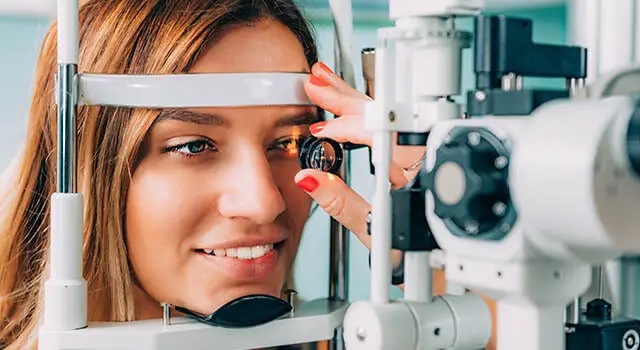Neurological exams are comprehensive evaluations that play a vital role in diagnosing and managing various neurological disorders. One of the crucial aspects of these exams is pupil assessment. By examining the pupils, healthcare professionals can gain significant insights into a patient’s neurological health. In this blog, we will explore why pupil assessment is critical in neurological exams and how tools like pupilometers and metrics like the percent change in pupil size are utilized to ensure accurate diagnoses.
The Role of Pupilometers
A pupilometer is an essential tool used in pupil assessment. It is a handheld device that measures the size of the pupils and their reaction to light. Modern digital pupilometers provide precise and objective measurements, reducing the possibility of human error. These devices are particularly useful in clinical settings where accurate and consistent data are paramount. By using a pupilometer, clinicians can obtain reliable data on pupil size and reactivity, aiding in the diagnosis and monitoring of neurological conditions.
Importance of Percent Change in Pupil Size
One of the key metrics in pupil assessment is the percent change in pupil size. This refers to the difference in pupil size before and after exposure to light, expressed as a percentage. A significant change in pupil size can indicate normal functioning of the autonomic nervous system, while a reduced or absent response may suggest neurological dysfunction. By calculating the percent change in pupil size, clinicians can assess the integrity of the patient’s neural pathways and identify potential issues that may require further investigation.
Neurological Indicators from Pupil Assessment
Pupil assessment can reveal a wide range of neurological conditions. For instance, anisocoria, a condition where the pupils are of unequal size, can indicate nerve damage or other serious neurological problems. Additionally, abnormal pupil reactions, such as a sluggish or absent response to light, can be indicative of increased intracranial pressure, brain injury, or other central nervous system disorders. By closely monitoring these indicators, healthcare professionals can make informed decisions about the patient’s treatment plan.
Integration of NPi in Pupil Assessment
The Neurological Pupil Index (NPi) is another critical parameter in pupil assessment. It is a numerical value that quantifies the pupil’s reaction to light, considering factors such as size, symmetry, and speed of reaction. The NPi provides a standardized way to assess and compare pupil responses across different patients and clinical settings. A normal NPi score typically ranges from 3 to 4.5, while deviations from this range can indicate neurological impairment. Incorporating the NPi into pupil assessment enhances the accuracy and reliability of neurological exams, aiding in the early detection of abnormalities.
Applications in Various Neurological Conditions
Pupil assessment is invaluable in diagnosing and managing a variety of neurological conditions. For example, in cases of traumatic brain injury (TBI), changes in pupil size and reactivity can provide immediate clues about the severity of the injury and the need for urgent intervention. Similarly, in stroke patients, pupil assessment can help identify the affected brain regions and guide treatment decisions. Conditions such as multiple sclerosis, brain tumors, and neurodegenerative diseases also often present with pupil abnormalities, making regular pupil assessment a crucial part of ongoing patient management.
Enhancing Clinical Outcomes through Pupil Assessment
The integration of advanced neurological tools and techniques in neurological exams significantly enhances clinical outcomes. By providing objective, quantifiable data, tools like pupilometers and the NPi enable healthcare professionals to make more accurate diagnoses and monitor the progression of neurological conditions. Early detection of abnormalities through pupil assessment allows for timely intervention, improving the chances of successful treatment and recovery. Furthermore, ongoing monitoring of pupil responses can help track the effectiveness of therapeutic interventions and make necessary adjustments to the treatment plan.
Conclusion
Pupil assessment is a critical component of neuro exams, providing valuable insights into the functioning of the autonomic nervous system and identifying potential neurological issues. Tools like pupilometers and metrics such as the percent change in pupil size and the Neurological Pupil Index (NPi) play a crucial role in ensuring accurate and reliable assessments. By integrating these tools and techniques into clinical practice, healthcare professionals can enhance diagnostic accuracy, improve patient outcomes, and effectively manage a wide range of neurological conditions. The importance of pupil assessment in neurological exams cannot be overstated, as it continues to be a cornerstone in the evaluation and management of neurological health.
Keep an eye for more news & updates on Chicago Heading!

